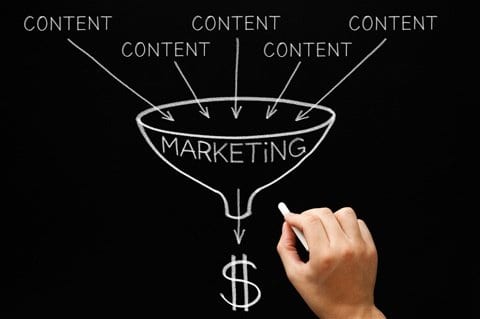 If you have a website, chances are you’re at least a little familiar with search engine optimization (SEO). What you might not have realized however, is that SEO is a fundamental component of inbound marketing. And while the two concepts are not interchangeable, they do work together to drive traffic and engagement through content.
If you have a website, chances are you’re at least a little familiar with search engine optimization (SEO). What you might not have realized however, is that SEO is a fundamental component of inbound marketing. And while the two concepts are not interchangeable, they do work together to drive traffic and engagement through content.
Inbound marketing is the practice of attracting strangers with targeted content (like your blog, email campaigns, and social media) created to bring your prospects to you. Meanwhile, SEO is the practice of using specific techniques such as meta descriptions, link authority, and keyword research to make your website more attractive to search engines and obtain a high-ranking placement in the search results page.
With that in mind, let’s shift focus from an SEO vs. inbound marketing approach and more to understanding SEO with inbound marketing. How can you leverage these disciplines to grow your business. Both concepts are focused on bringing customers to your business, but the methods can vary.
How SEO and Inbound Marketing Are Different
SEO moves beyond improving search engine ranking and helps bring visitors to your website with visibility – the more visible your website is; the more prospects you reach. Inbound then uses particular content designed to convert those visitors into leads. Each practice centers on different stages of the sales funnel.
- Attract: The top of the funnel starts with SEO, which is based on attracting strangers to your site.
- Convert and Close: Inbound marketing moves visitors through the middle of the funnel, converting prospects and finally closing leads at the bottom funnel stage.
SEO and inbound marketing forge together to create a powerful sales strategy that turns strangers into delighted promoters of your business.
When you think of SEO as a subset of inbound marketing, it’s easy to see how they work together. You can have the highest ranking for every single one of your keywords, but without inbound marketing, none of your desired prospects will stick around long enough to become converted leads.
The truth is, without inbound marketing, your SEO efforts might not succeed at all. To drive new website traffic and customer engagement, you need to have a strategy rooted in both inbound marketing and SEO. Only then will your company begin to meet its growth objectives.
